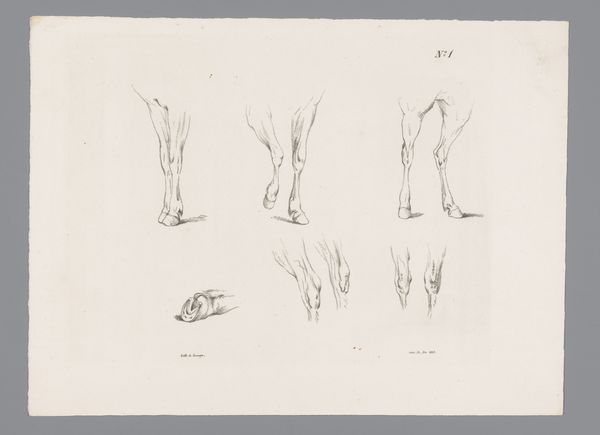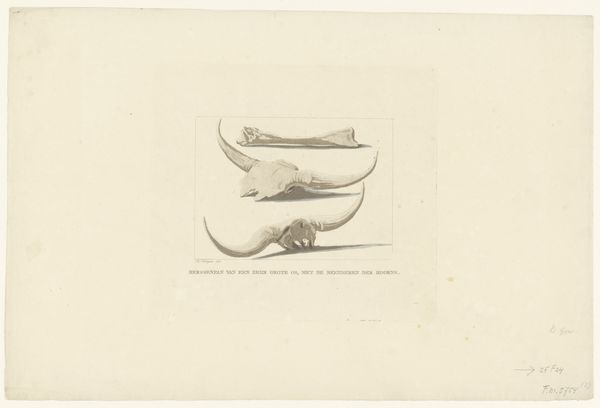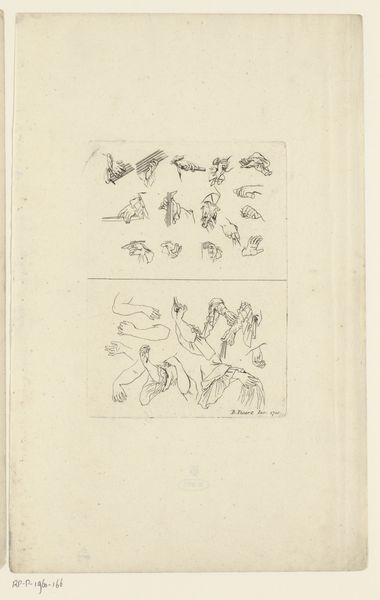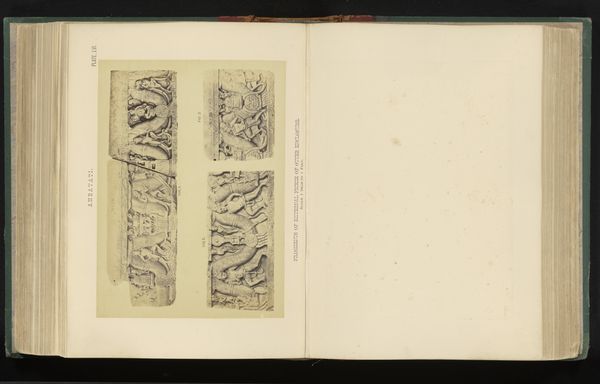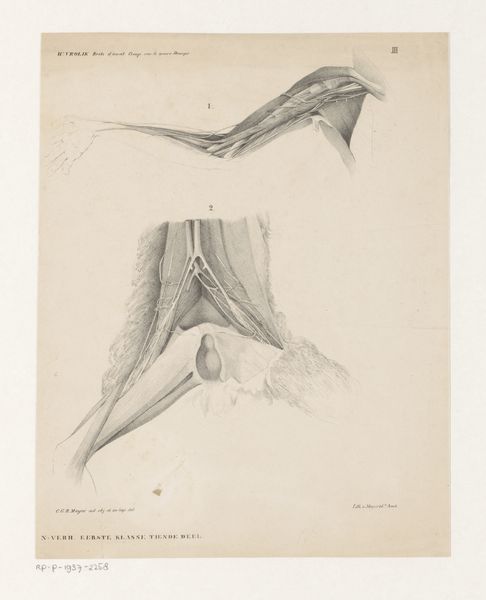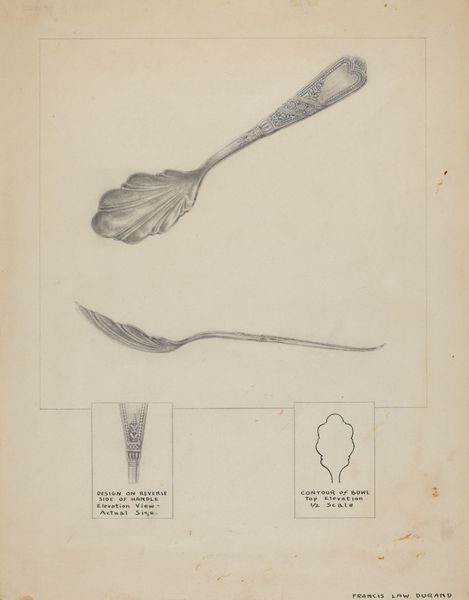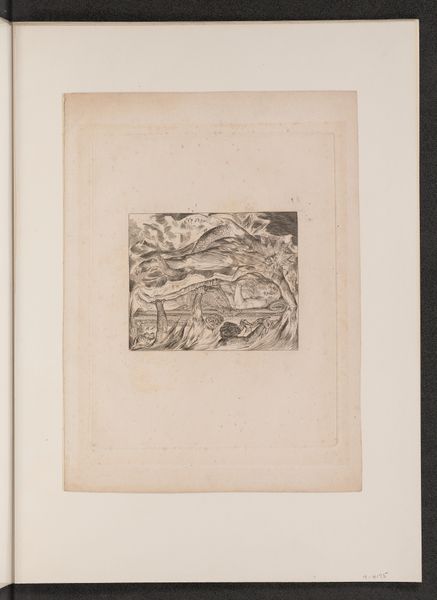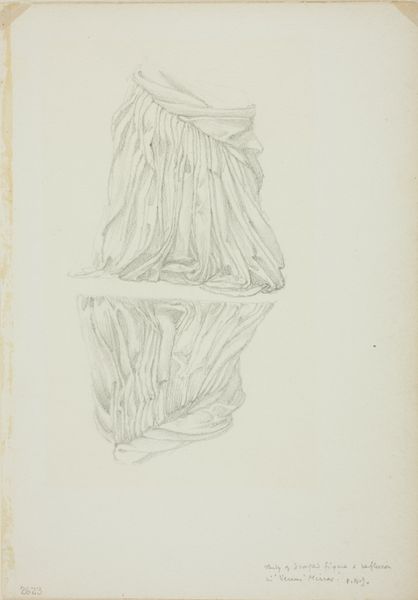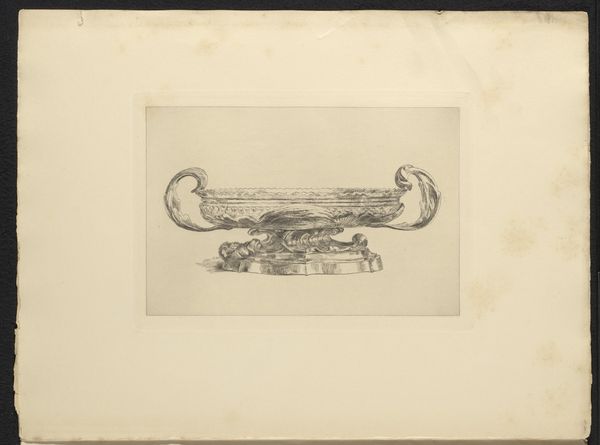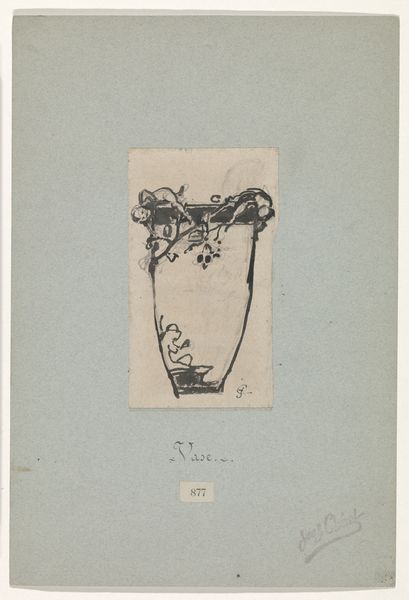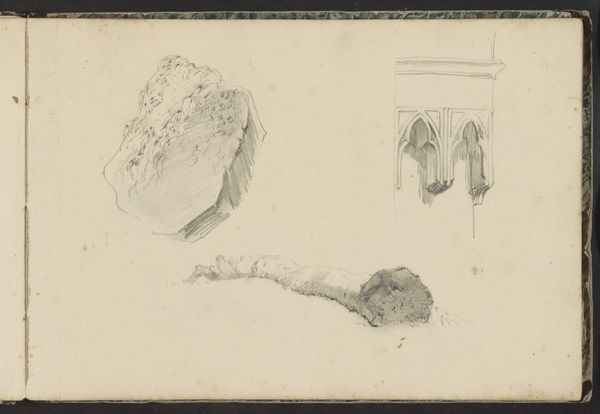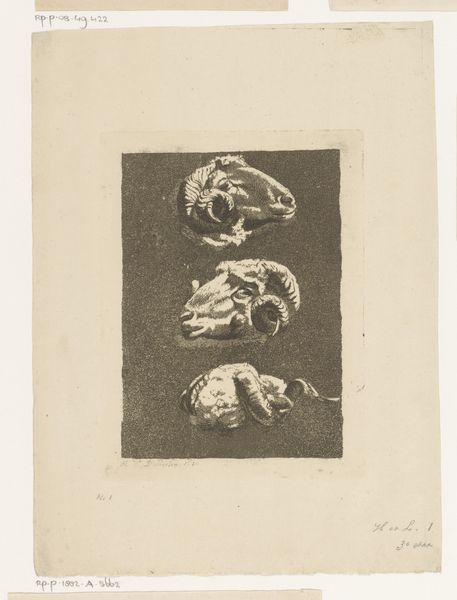
drawing, print, etching, paper, pencil
#
pencil drawn
#
drawing
#
ink paper printed
# print
#
etching
#
pencil sketch
#
figuration
#
paper
#
pencil
Copyright: Public Domain
Editor: This print, "Heads of Saw-Bill Duck and Two Crocodiles," appears to be an etching, maybe with some pencil work too. The artist, John Ruskin, meticulously rendered these animal heads. They’re so detailed and feel…almost scientific. What do you see in this piece, especially from a materialist perspective? Curator: The layering of the heads immediately suggests a system, an attempt to classify and understand the natural world. Think about the production process: Ruskin, deeply involved in the Pre-Raphaelite movement, critiqued industrialization and championed detailed observation of nature. Etching and pencil – these are inherently laborious, slow methods, placing value on handcrafted skill. What does it say that he chose this medium for these images, at this moment in history? Editor: It does emphasize the value he places on that skill and time, right? Like a deliberate push-back against mass production and losing that human element? Curator: Exactly! And consider the paper itself. It becomes a precious substrate for knowledge, elevating natural observation above the realm of mere craft. It's no longer *just* a drawing. Think about Ruskin's social standing; how might this privileged perspective shape his relationship to labour and the resources used to produce these prints? How does *that* relate to the animal kingdom being studied here? Editor: That adds another layer of meaning. It makes me wonder how accessible these images would have been, who could afford them. He’s looking at animals, classifying nature but he’s also making something exclusive, in a way? Curator: Precisely! These tensions reveal so much about the art, its context, and the value placed on the material world. Editor: I see how the medium and production reflect larger ideas about labor and society! That gives me a whole new lens for looking at prints. Curator: Absolutely. By examining the "how" and the "why" of making, we unpack a world of meaning within this image.
Comments
No comments
Be the first to comment and join the conversation on the ultimate creative platform.
